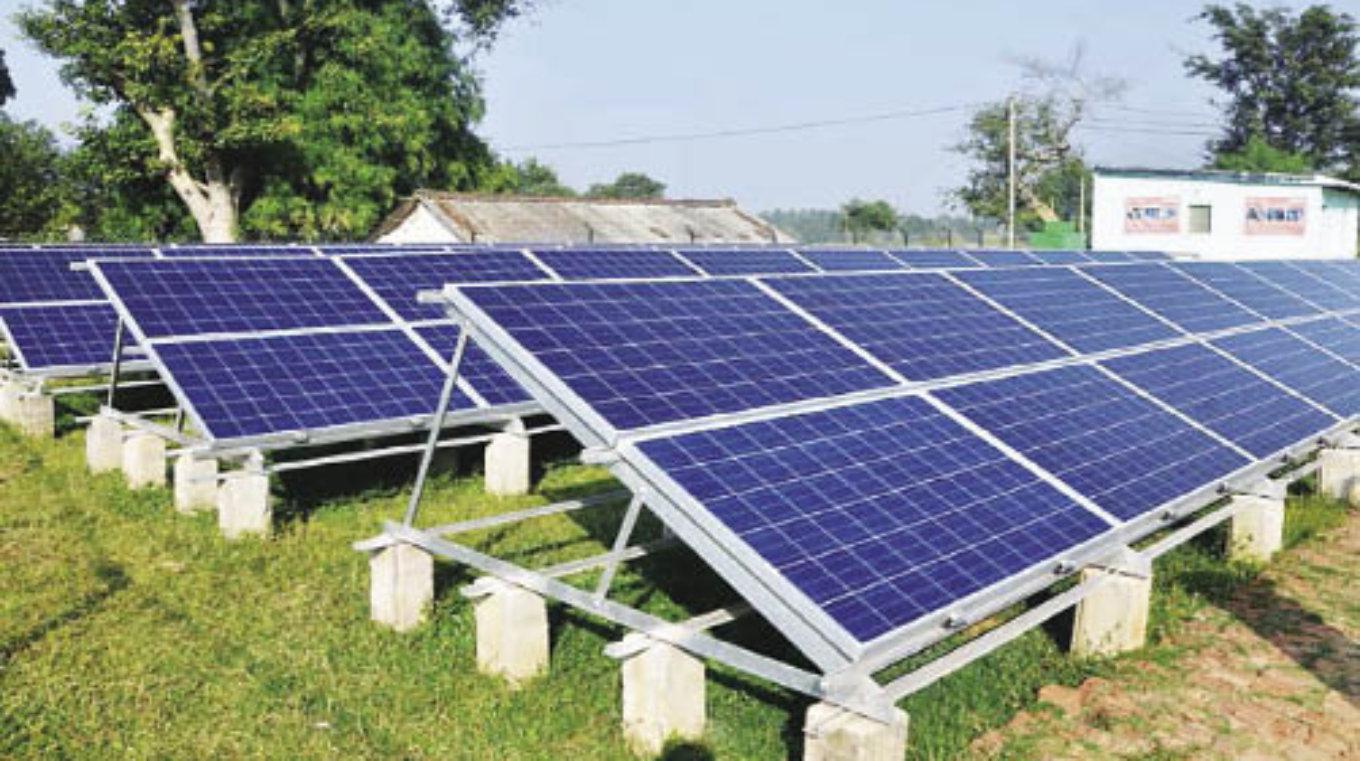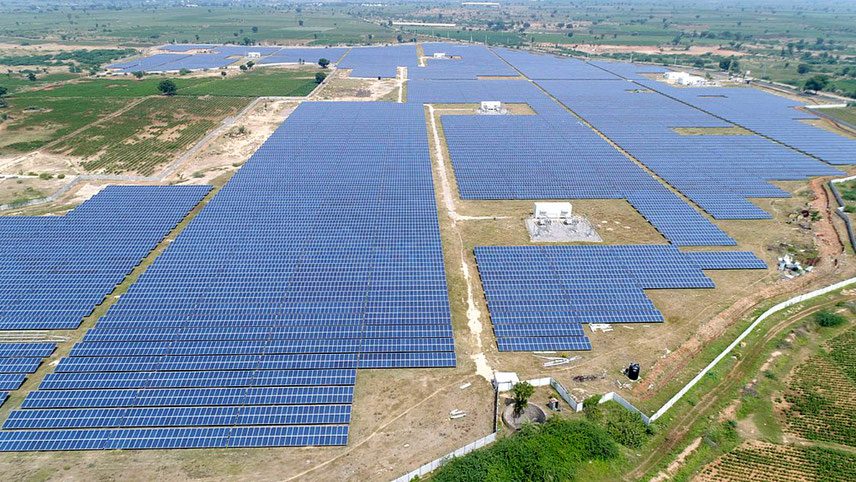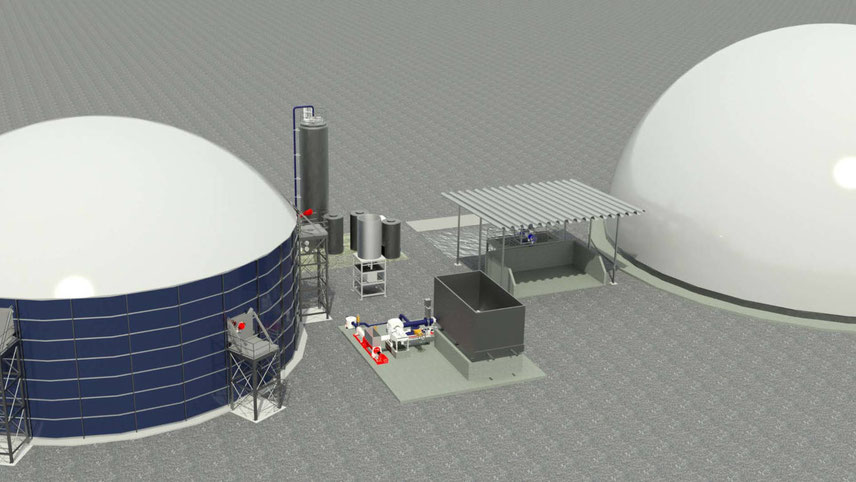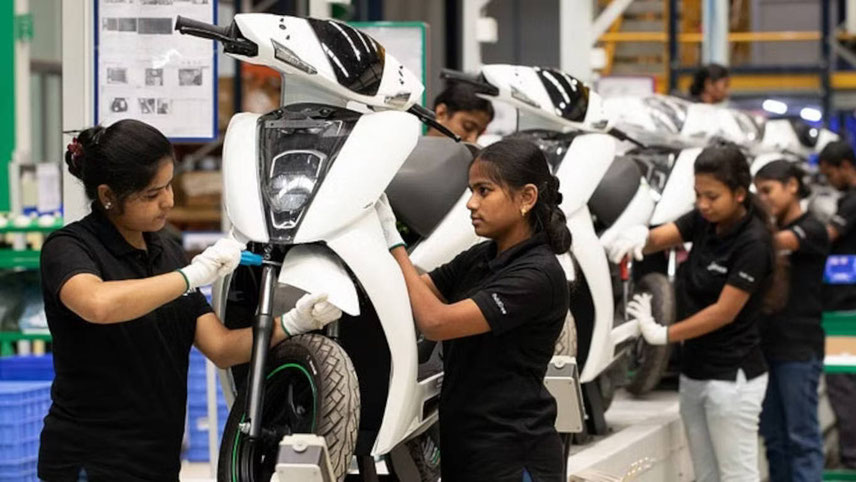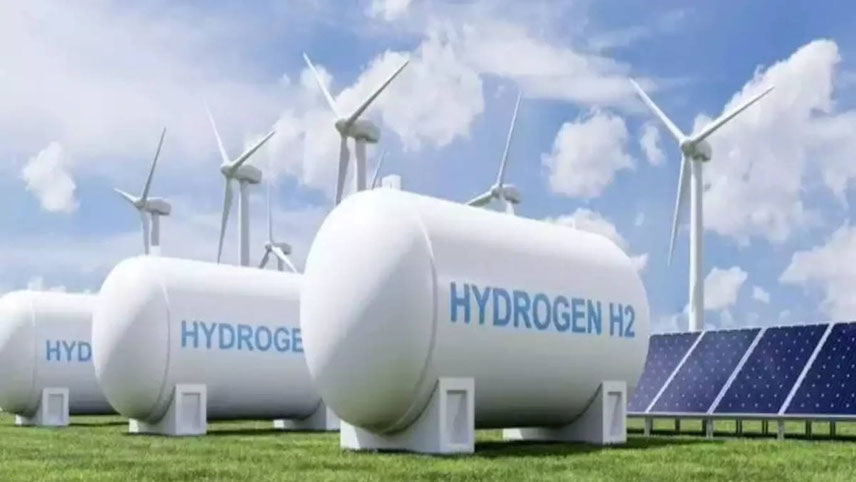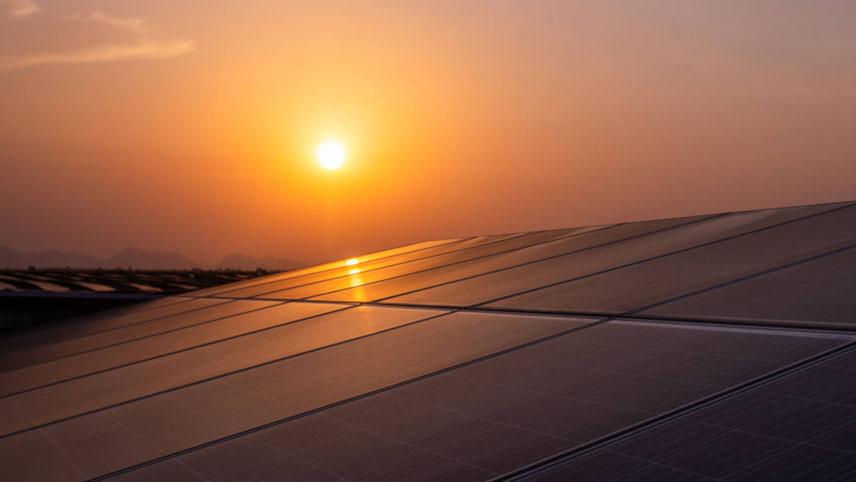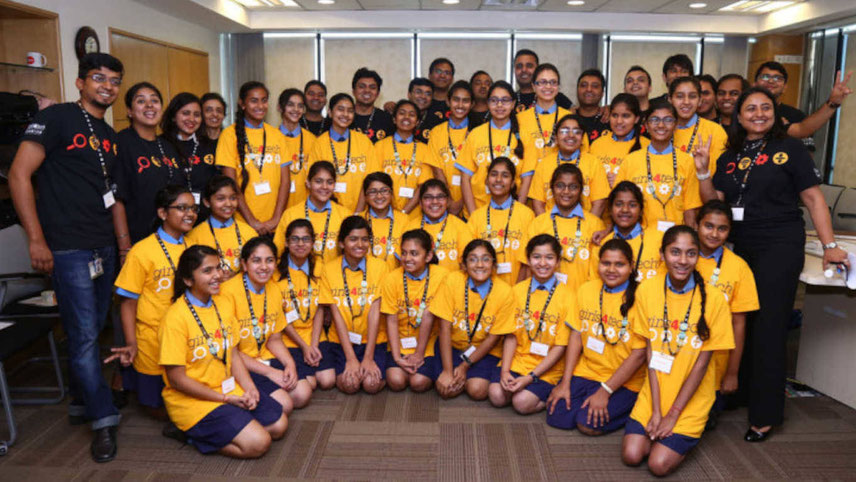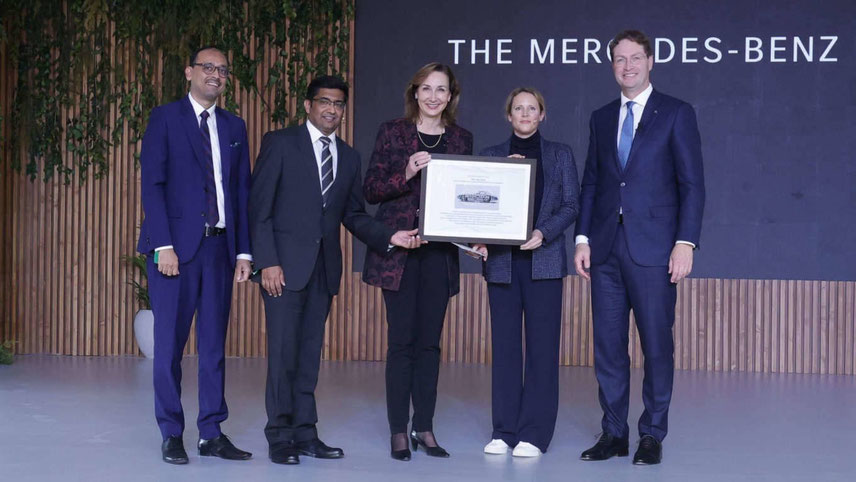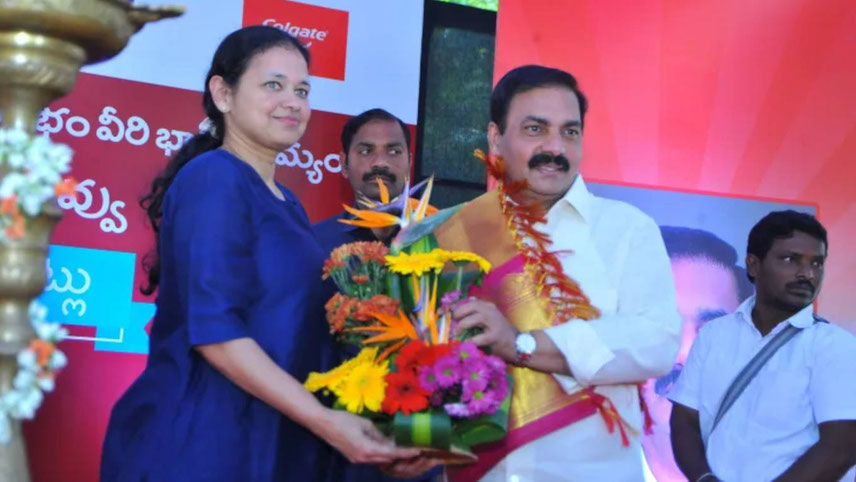
What if I told you rural areas effectively cross-subsidise urban areas when it comes to electricity? Most people think of electricity prices as subsidising or cross-subsidising the poor, based on slabs or tiers of consumption, but we have low-consumption homes in both areas. The fact that there is far more load-shedding in rural areas means that discoms (utilities) avoid buying sufficient power, often peaking power, which saves them money. But the beneficiaries of such savings – reflected in average tariffs – are disproportionately those who get supply. No one benefits from poor quality supply; and improving quality supply is one of the many ongoing transitions. A more popular transition deals with decarbonising energy supply, because of worries about climate change. We’ll ignore global issues of fairness and carbon budgets – India isn’t the villain when it comes to the global challenge but it also can’t be the global saviour alone either. Focusing on domestic issues, we find there are several specific challenges that may be holding back superior outcomes. Many of these stem from trying to solve the issues with a single lens, instead of holistically. Unfortunately, this space is like a balloon – if you squeeze too hard on one end, it may burst somewhere else. Limits to treating everything like a supply-side problem: Decades of shortfalls made “more supply” the solution to what ails the Indian power sector. This is not the only problem at hand, and affordability and coordination are gaining importance. No longer can we just ask for more energy (kilowatt-hours) – we need capacity (kilowatts) at the right time and the right place. This is especially critical with rising Renewable Energy (RE) in the system. The good news is RE prices have fallen dramatically, to the point where many people tout “grid parity” or cross-over, i.e., RE is now cheaper than coal. The bad news is, this simple calculation is based on levelised (averaged out) costs of energy, and ignores any aspects of time of day, or system level implications. These are not new concerns, and nor is India unique when it comes to such issues, but only now are we approaching the levels of penetration where we cannot ignore (or simply socialise) the cost implications of integrating high levels of RE. Consider the 100 GW solar target planned for 2022. As much as 40 GW of this is planned for the so-called rooftop PV (photovoltaic), or “behind the meter” consumer-owned solar. This segment is only about 10 per cent of its target, far behind the grid-scale target of 60 GW. The latter can be bid out by states, but rooftop systems need consumer acceptance. This space has been supported by capital subsidies, but we have to ask why are we paying 30 per cent capex for effectively richer consumers. Even worse, consumers may like rooftop solar only because they compare rooftop PV costs to their retail tariffs, instead of with wholesale generation costs today. In addition to the costs of last-mile infrastructure, so-called “paying consumers” (commercial and industrial, plus high-usage residential) today also pay a lot for grid power because they cross-subsidise other users. But rooftop PV consumers don’t exit the grid – they come back in the evening. They may even “bank” solar power with the grid. But if they are treating the grid like a battery, they aren’t paying their fair share of such costs today.

